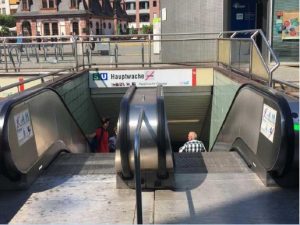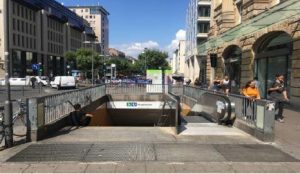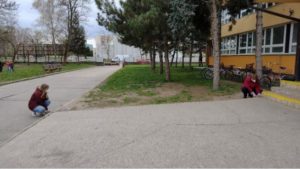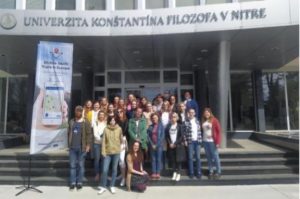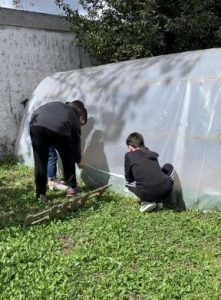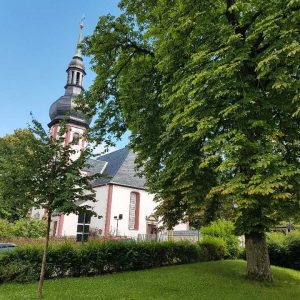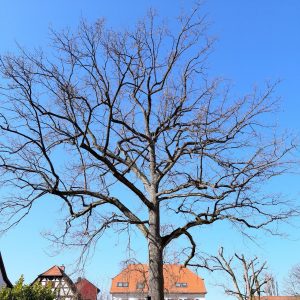The Trail of the Month of June comes from the small medieval town of Bruneck in the region of South Tyrol in northern Italy. Here, Melanie Forer and her third-grade students created the trail “Bruneck einmal anders” (Brunico a little different), which can be accessed with the MCM app under the code 353905 and is available on the MathCityMap web portal here.
The trail consists of a total of six tasks that mostly revolve around the topics of areas and volume calculation of basic and composite objects and areas. In addition, of course, you have the pleasure of getting to know Bruneck from a completely different perspective, while at the same time visiting sights such as the castle of Bruneck.
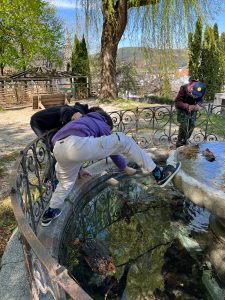
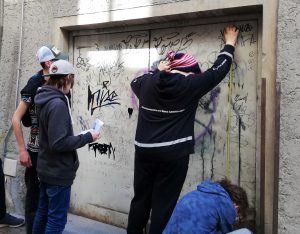
An interview about the creation of the trail and her experiences with MathCityMap is given by Melanie Forer below:
How did you come across the MathCityMap project?
I got to know MathCityMap in the context of the further training ” Mathematical Trails” of the Pedagogical Department in South Tyrol. Using the example of the project “matematica in città” in Bolzano, we interested teachers were invited to observe the environment with a mathematical eye and then familiarize ourselves with the app MathCityMap. The possibility to formulate and solve mathematical questions at extracurricular learning sites appealed to me very much, so I also brought this idea to my class, where it immediately received a lot of approval.
Where is your trail located? What is special about your trail?
The small medieval town of Bruneck in South Tyrol, Italy impresses with its castle and the famous town alley. In 1741, the Ursuline Order settled in Brunico and in the following years the Ursuline Sisters built a church, convent, boarding school and school. Pupils of this equated secondary school have created the mathtrail “Bruneck einmal anders”, which is described as follows:
Starting from the school entrance at the Ursuline Church, the route goes through the eponymous Ursuline Gate via the historic Stadtgasse up to the Upper Town. From there it continues up to Bruneck Castle and across the suspension bridge to Hermann-Staudacher-Platz. Afterwards the trail goes back to the Schlossberg, down to the Rainkirche and over the trench to the Hintergasse. With the trail it is possible to get a new perspective on the sights of Bruneck by putting otherwise inconspicuous, everyday, geometric figures and bodies in the center of attention.
How do you use MCM and why?
I use MathCityMap to offer very practical, modern mathematics lessons that are close to the students’ lives. Through new digital media, such as MathCityMap, the student world can become a place of learning and a new approach to mathematics can be created. The mathematical perspective no longer remains only in the classroom, but is increasingly applied in the playground, on the way to school or in leisure time.
This school year, I will again be working with a small group of students to collect new tasks and take on the mathematical challenge.
Describe your favorite task on the trail. How can it be solved?
My favorite task is the “bridge at the castle”. With a bit of a thrill, but of course with maximum safety, you can enjoy a wonderful view of Bruneck Castle. The task is to measure the area of the fence and calculate the cost of redesigning it. The special thing here is the varied approach to determining the length, with measuring and counting with meter tape folding rule or other aids such as thread, step length, etc.. To be able to solve the task, basic knowledge of calculating the area of rectangles and an understanding of direct proportionality is needed.
